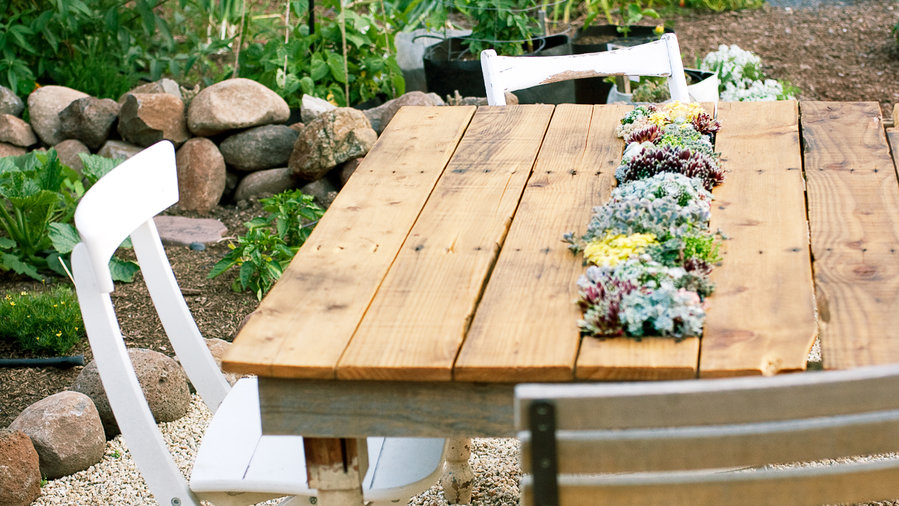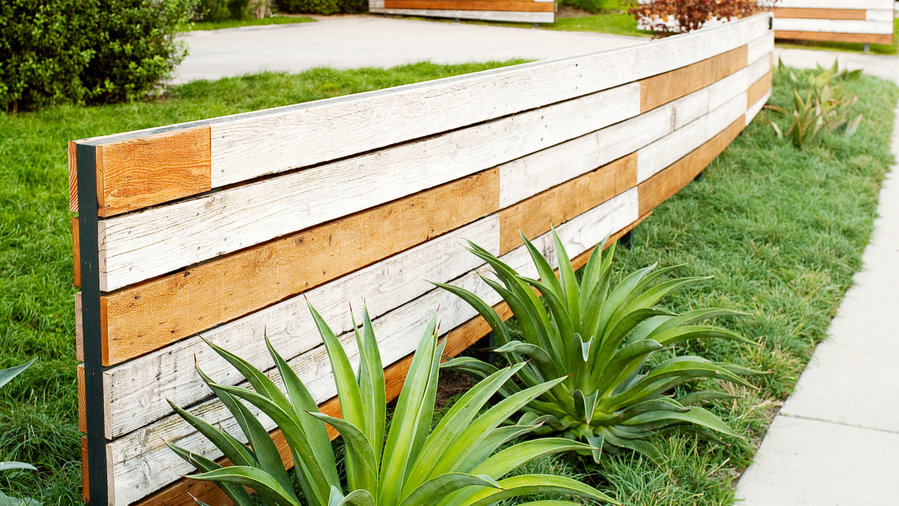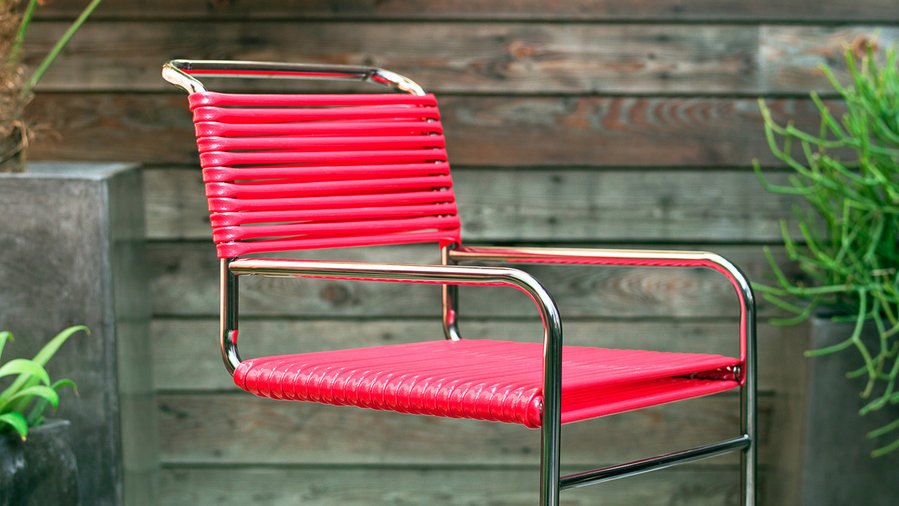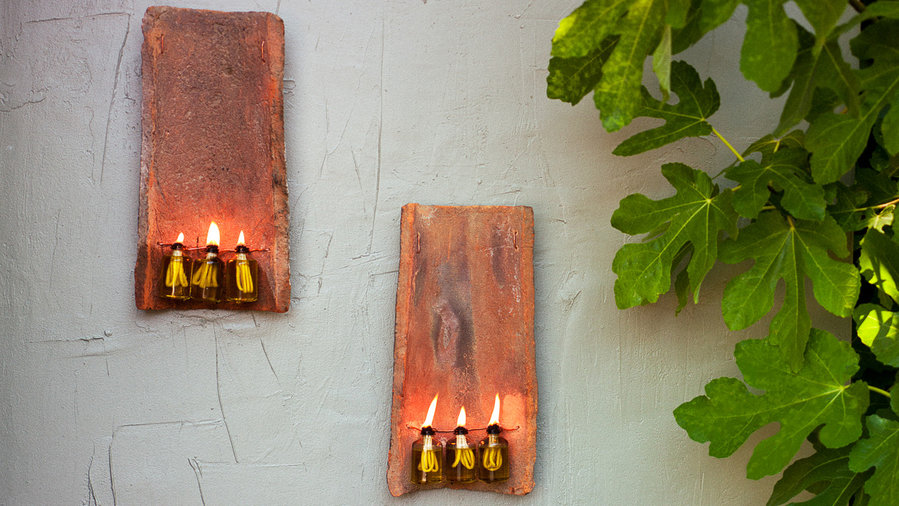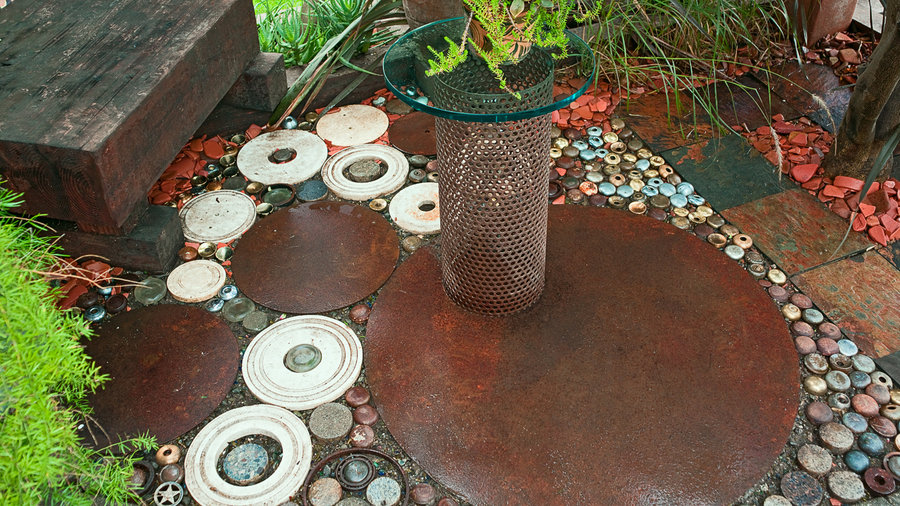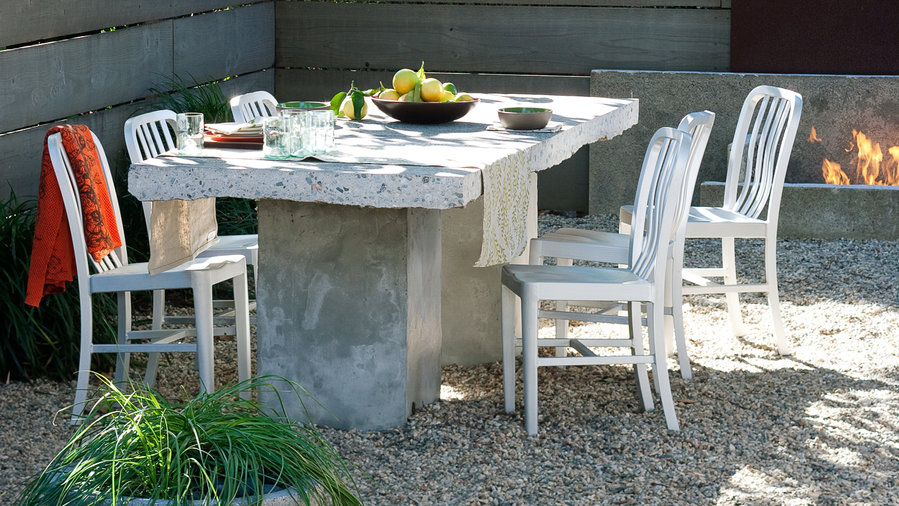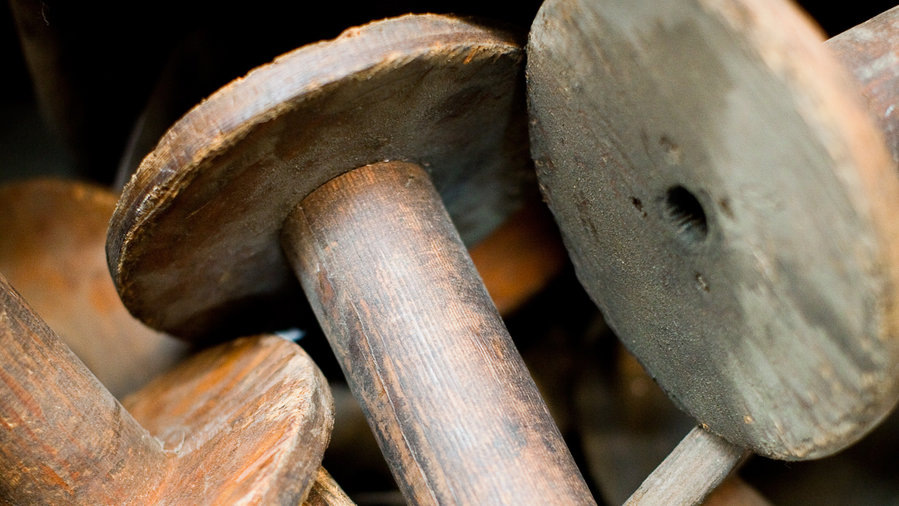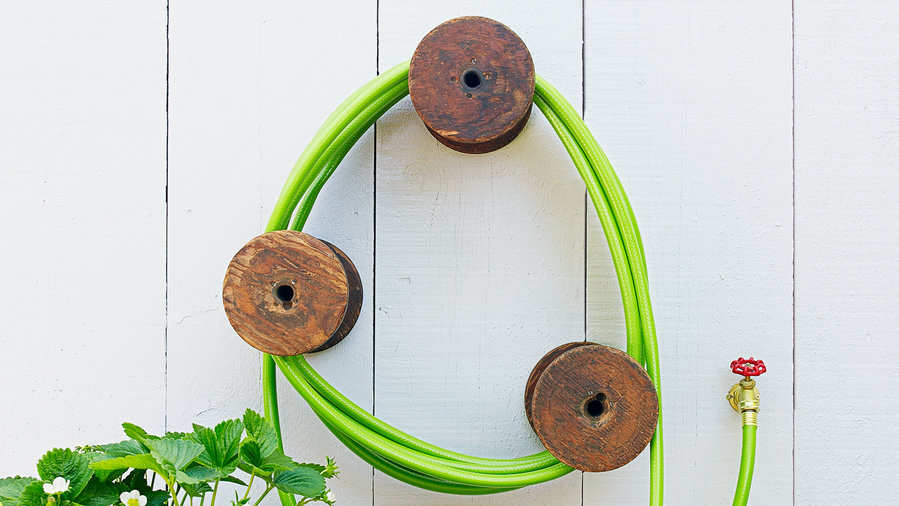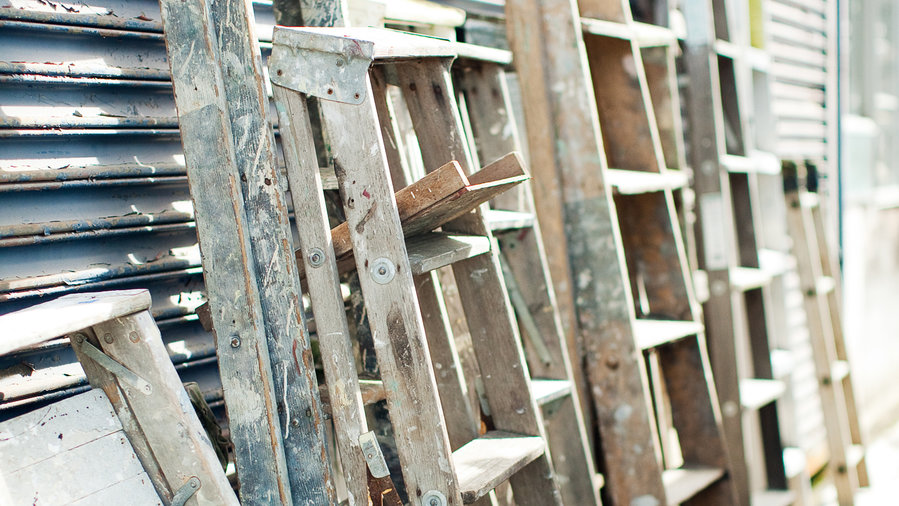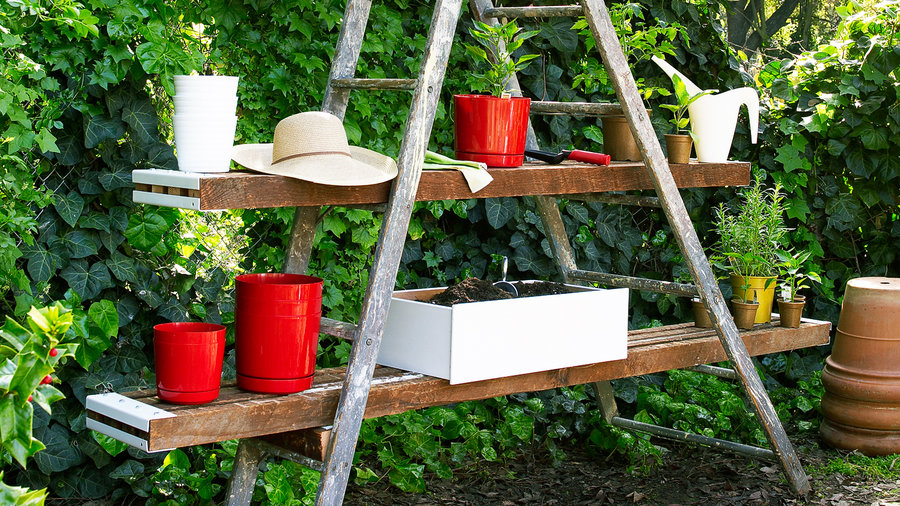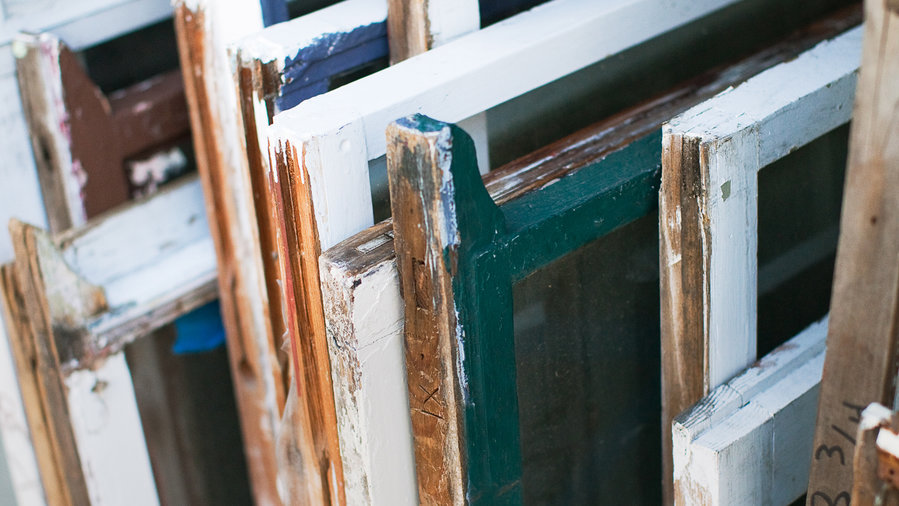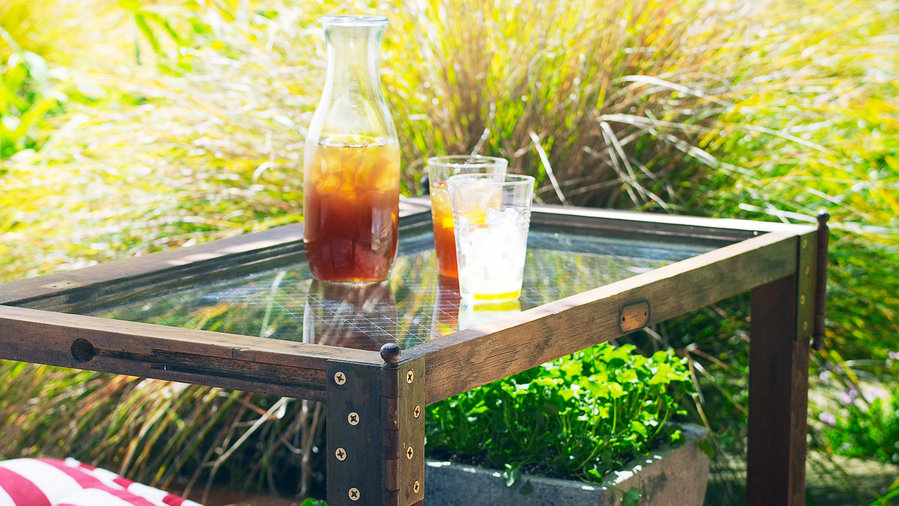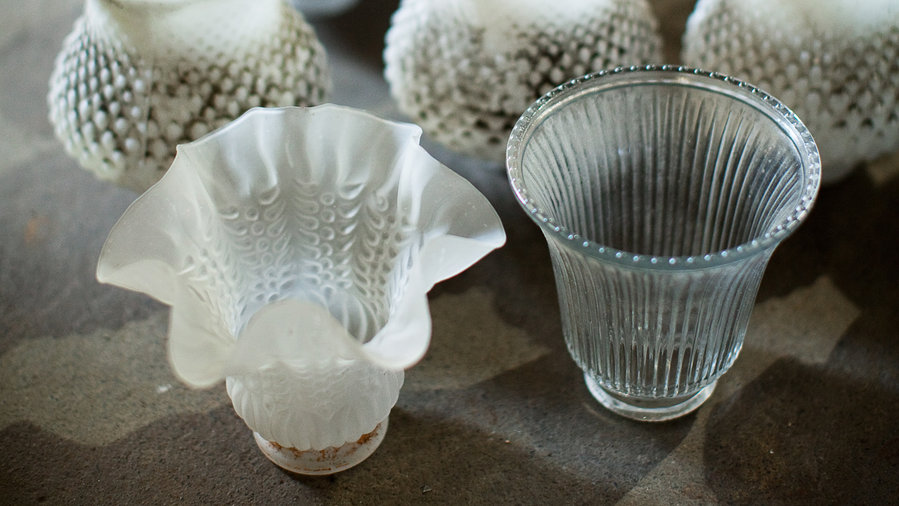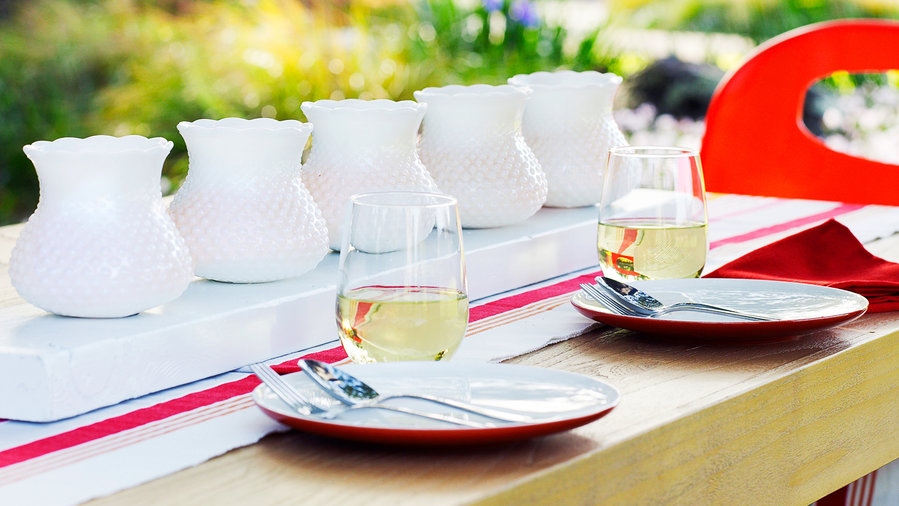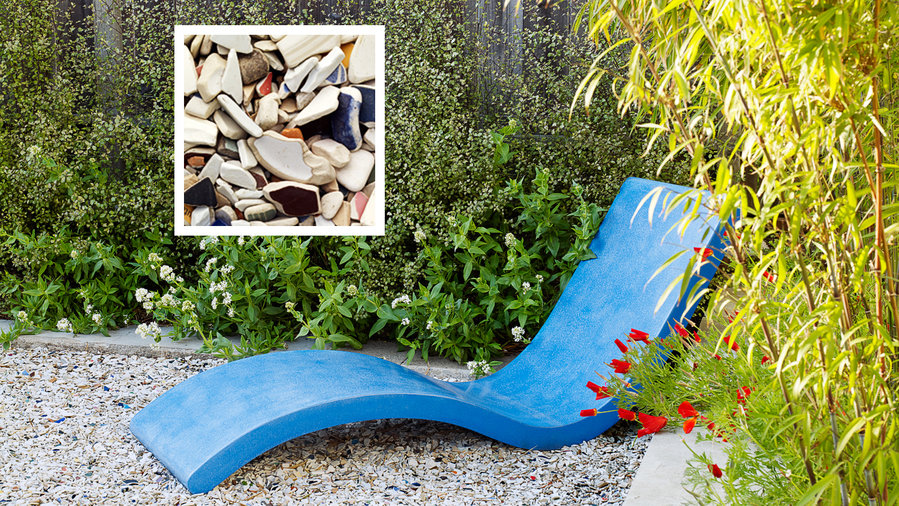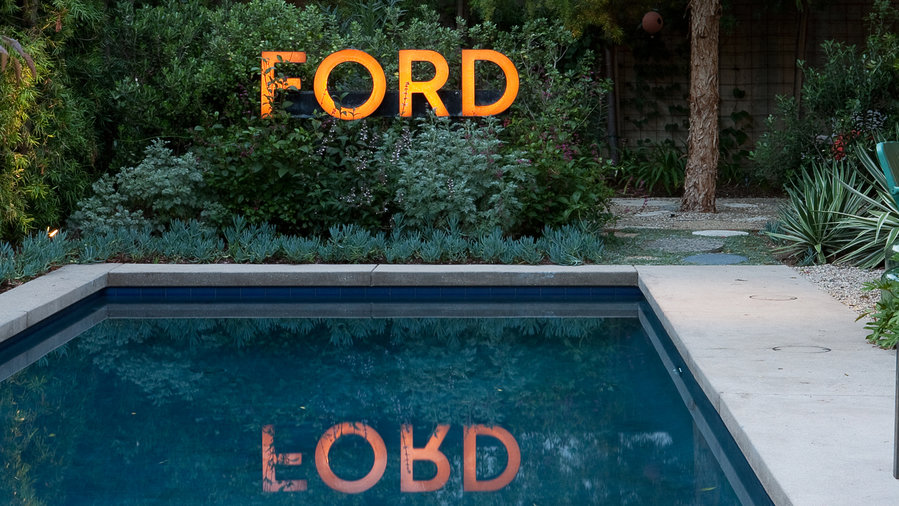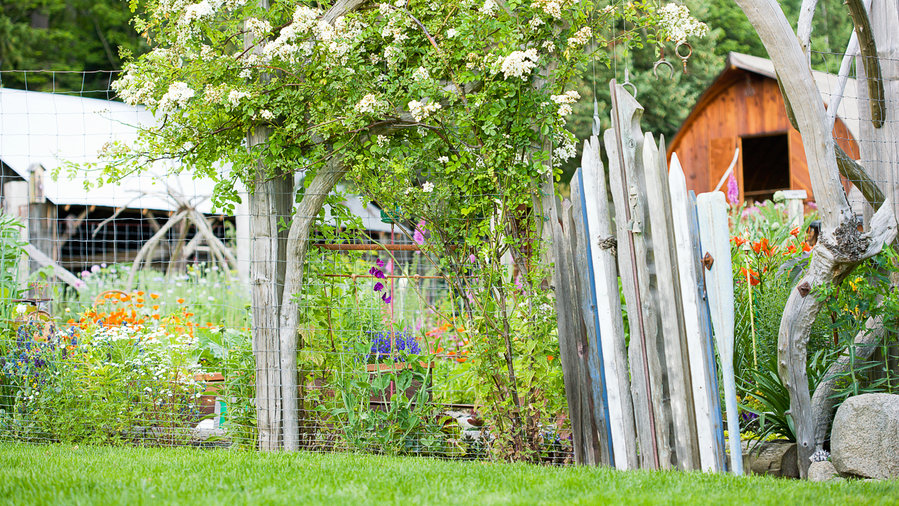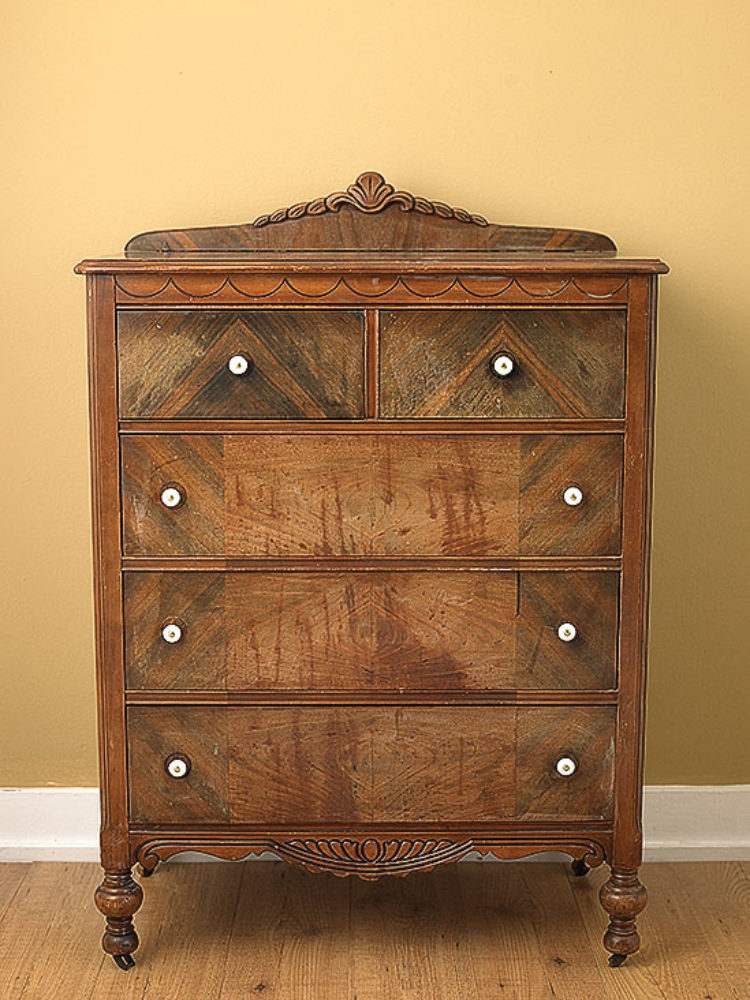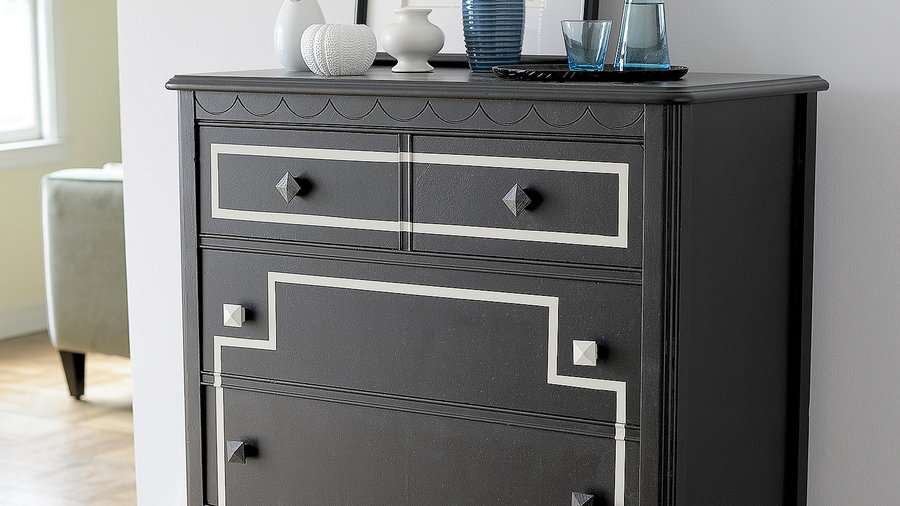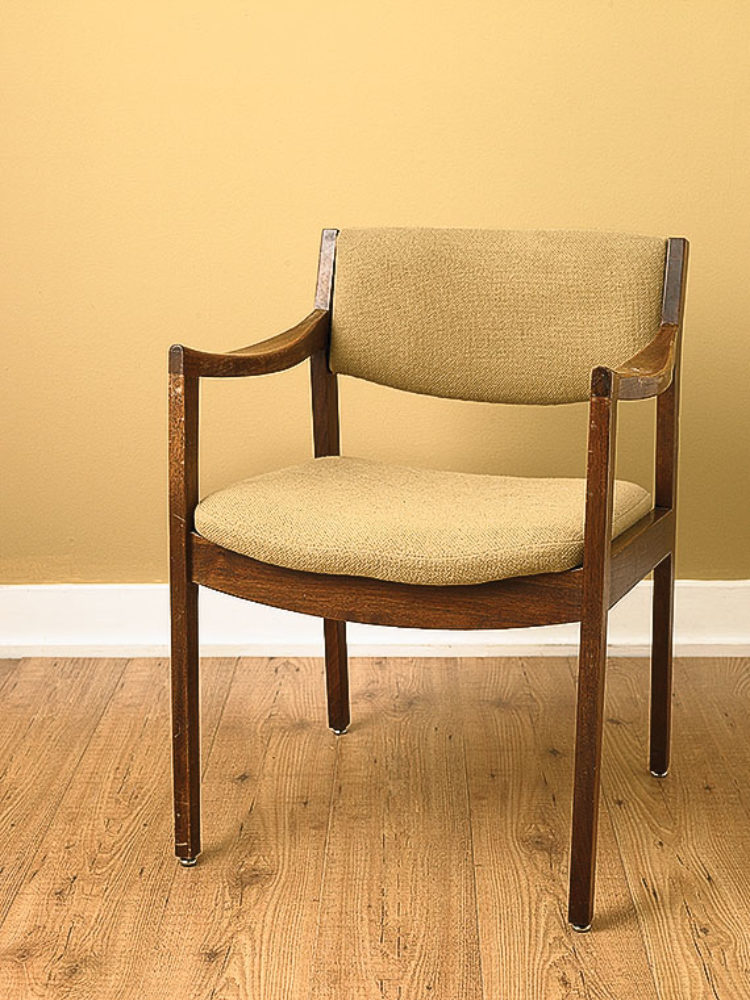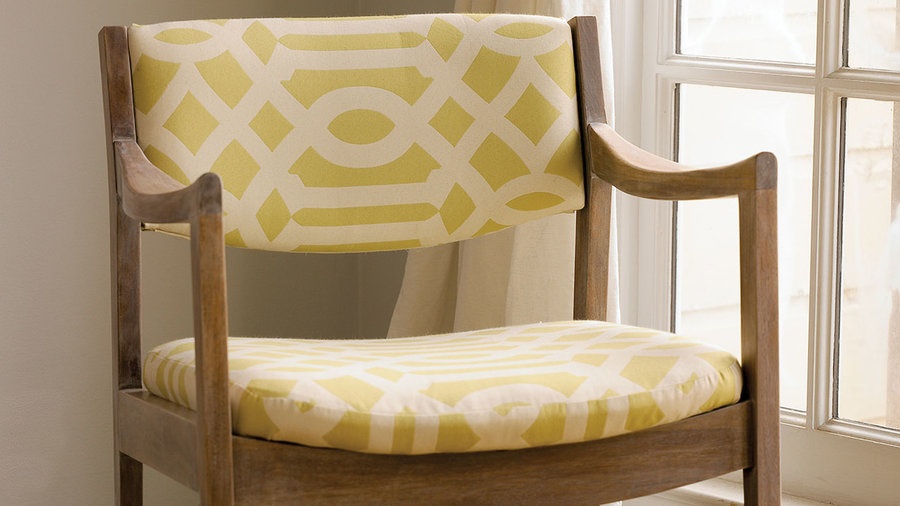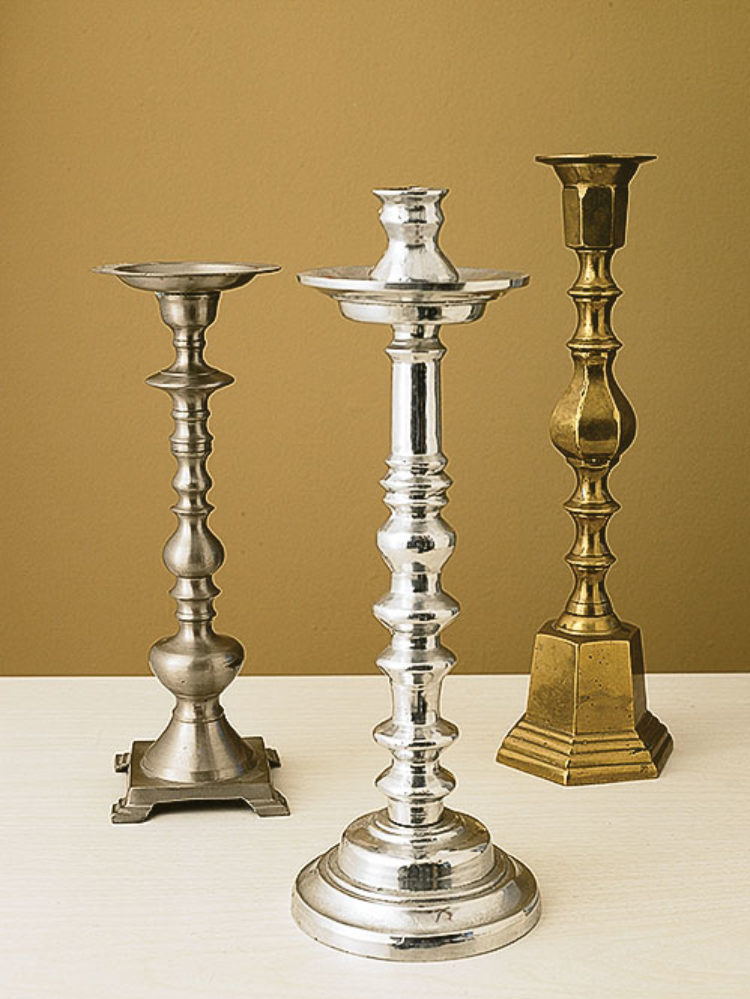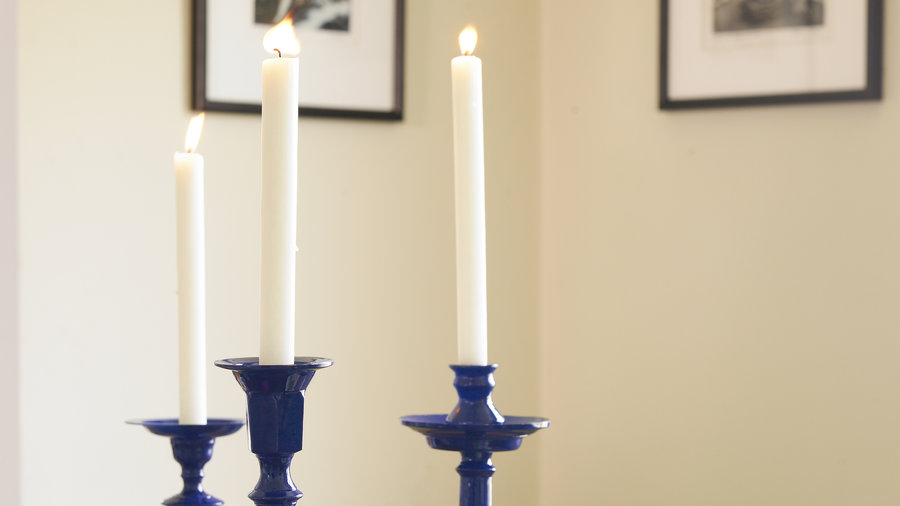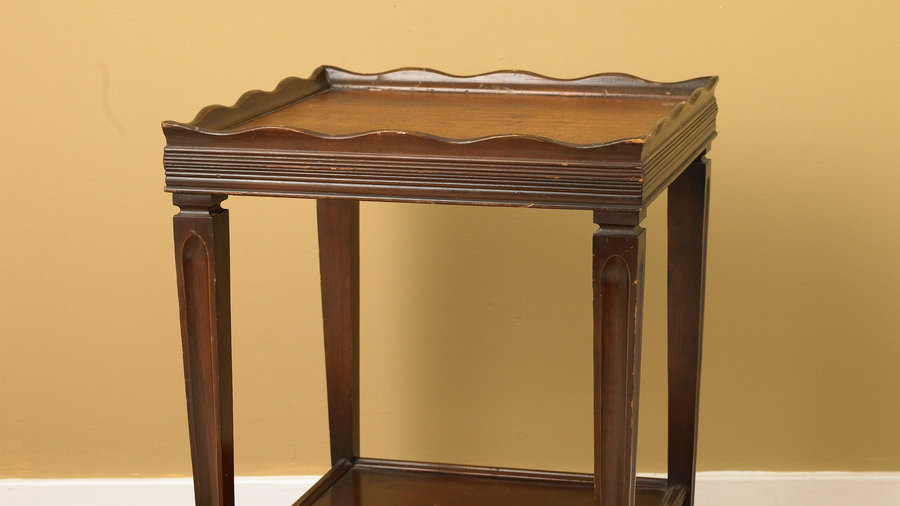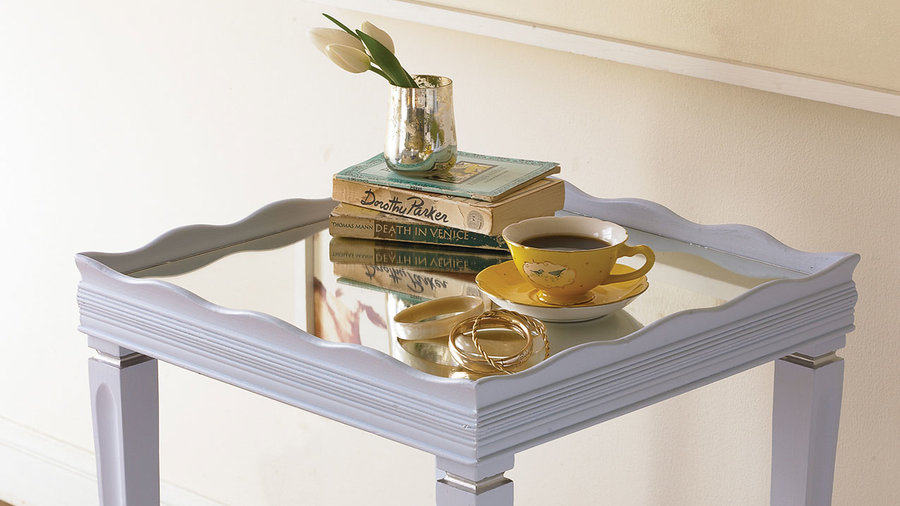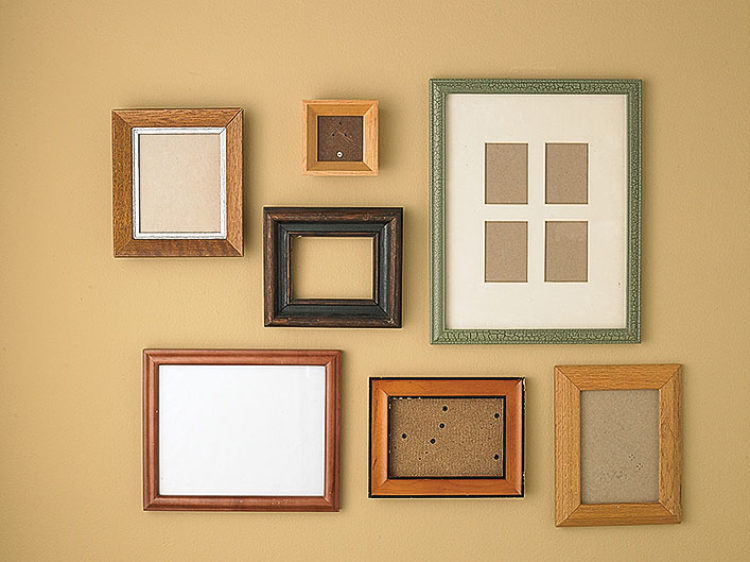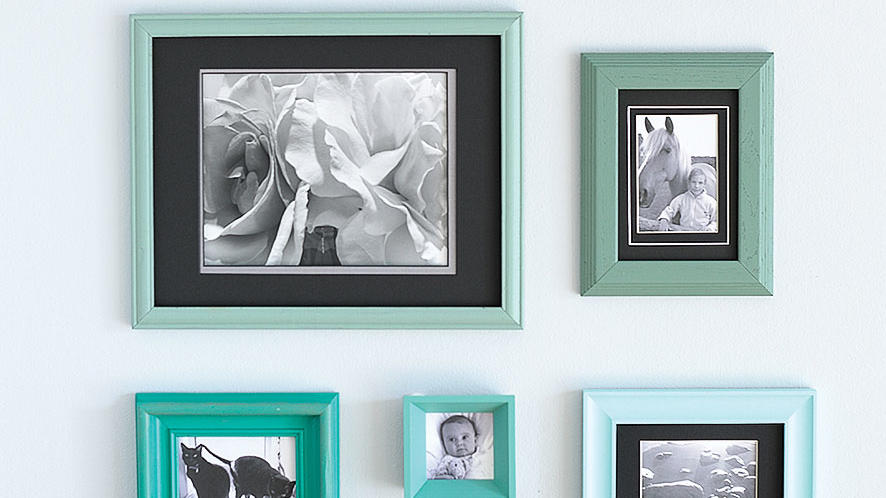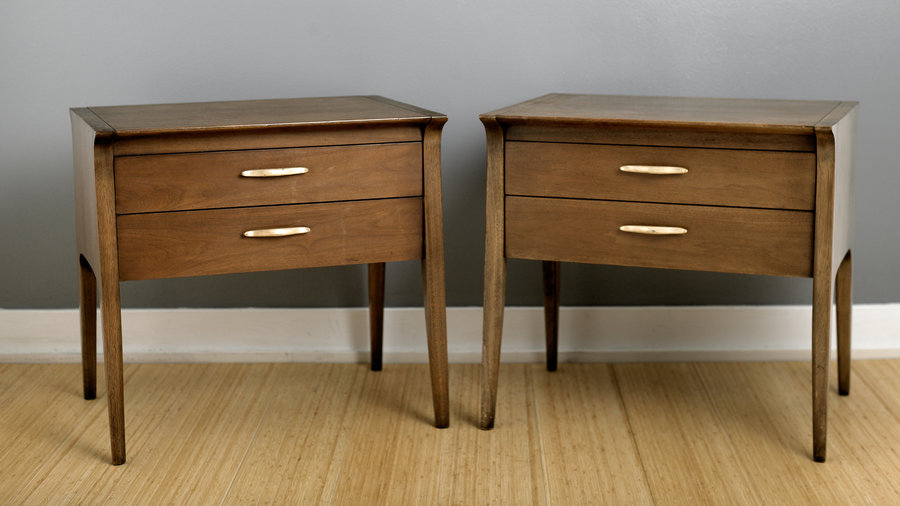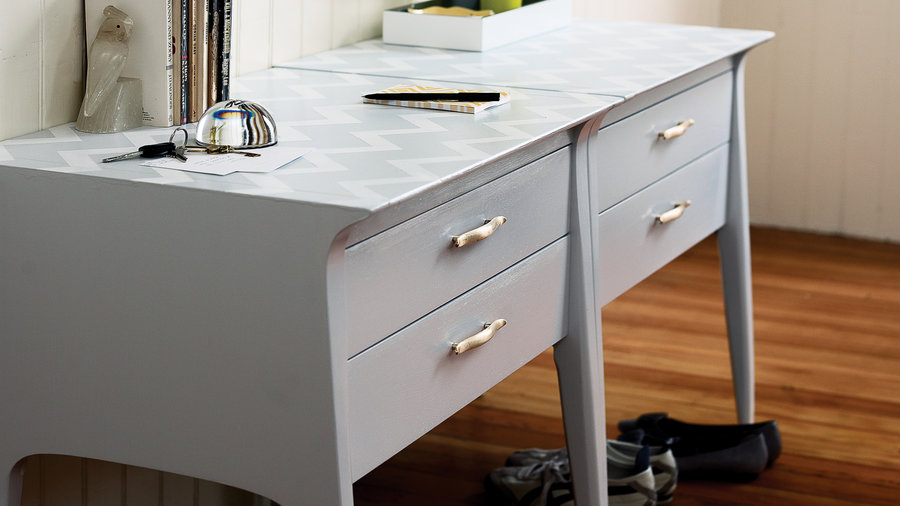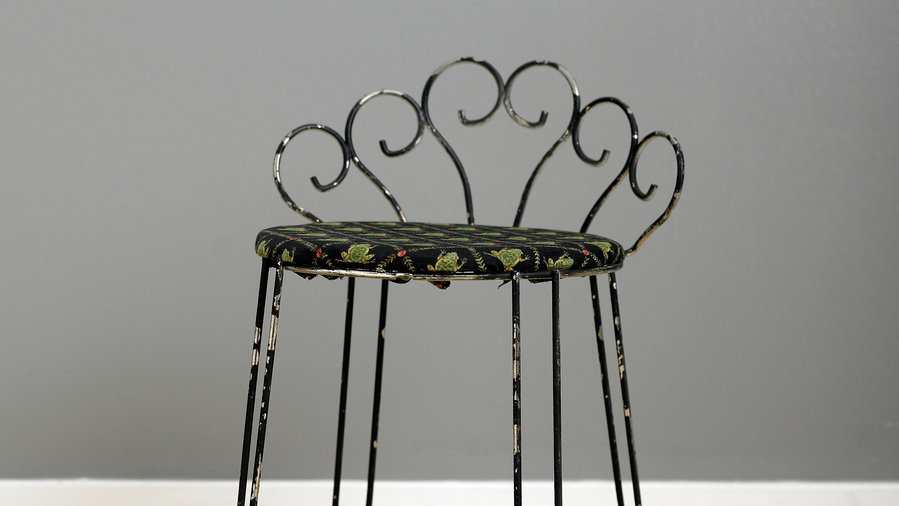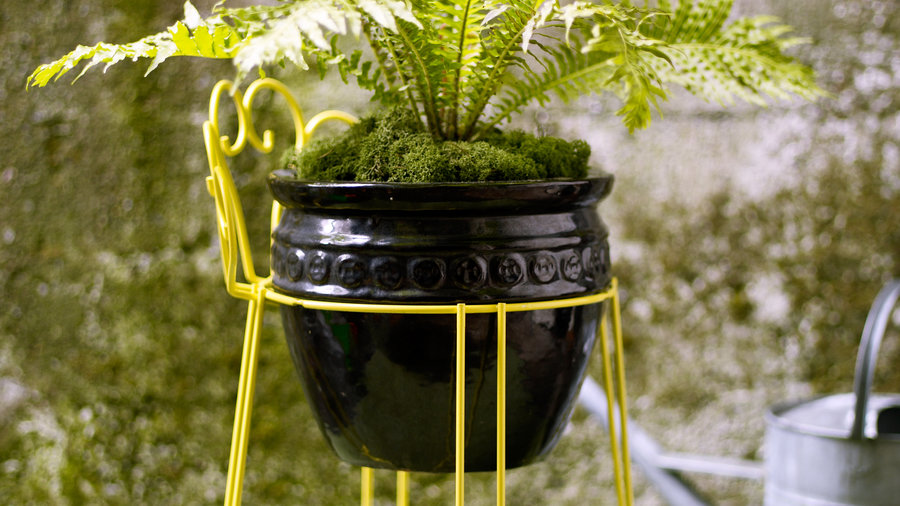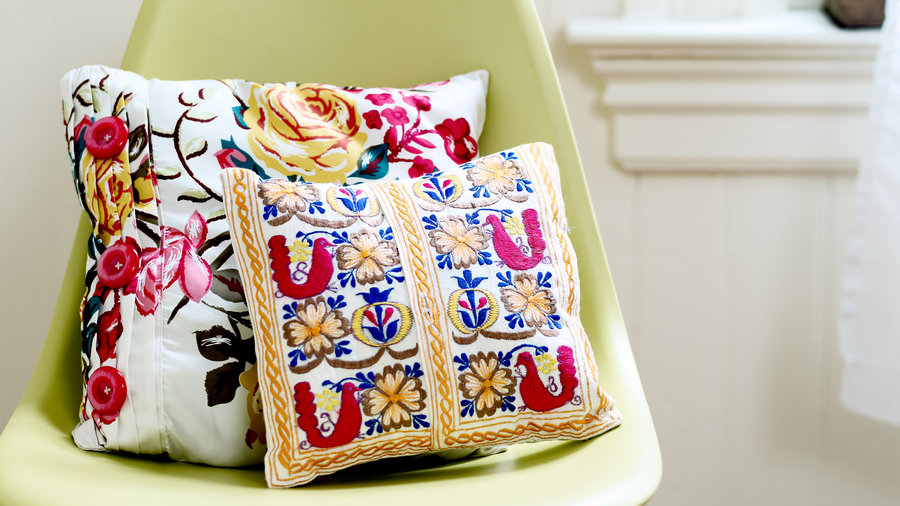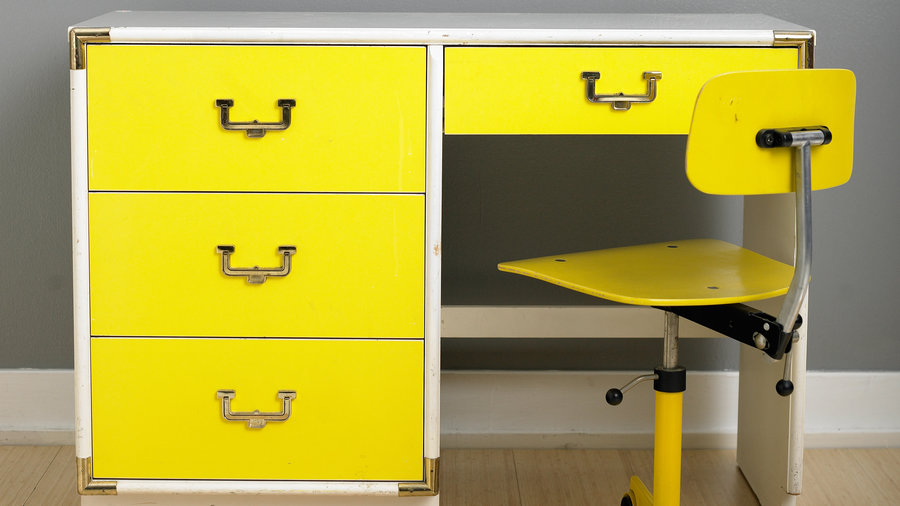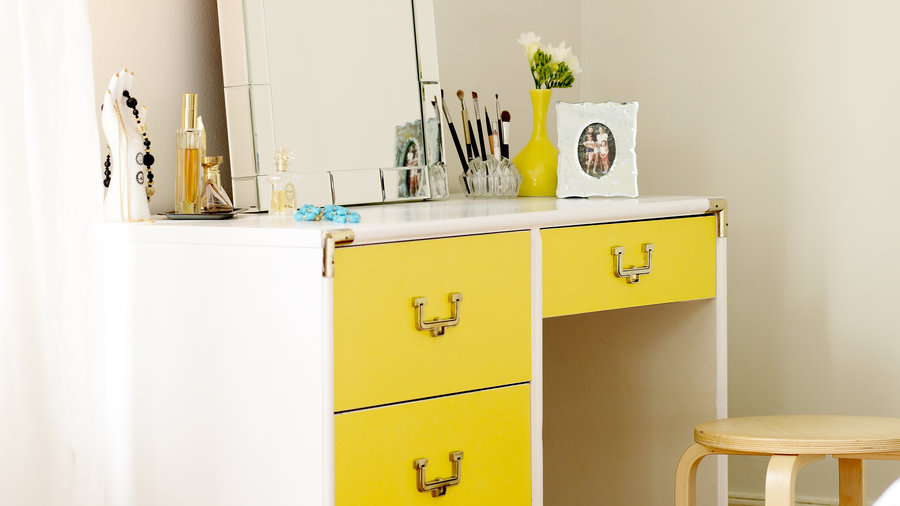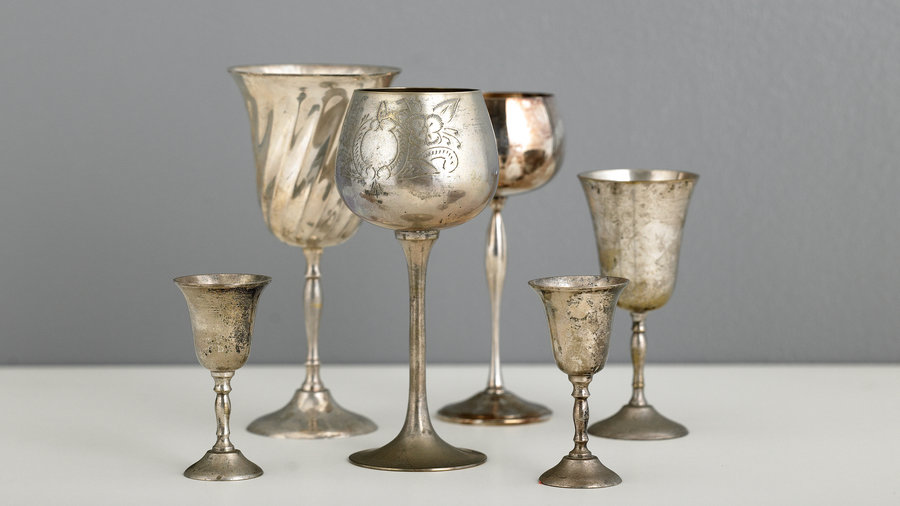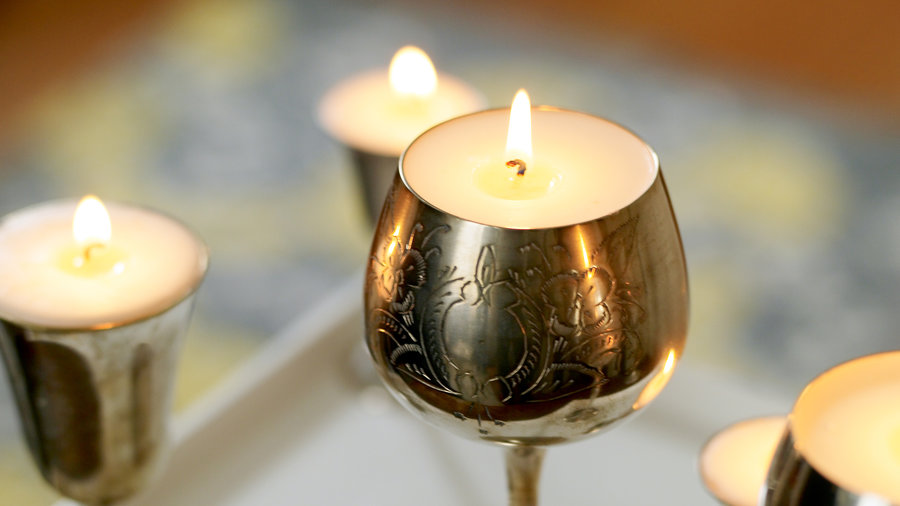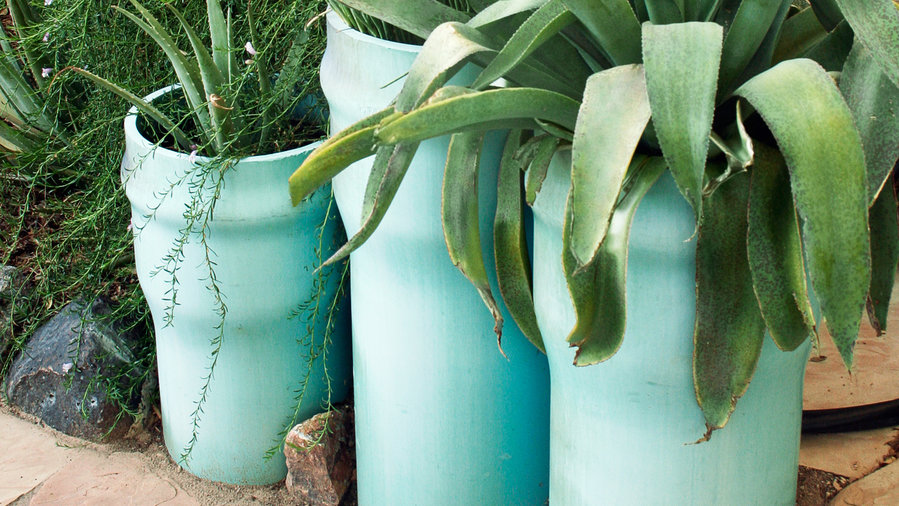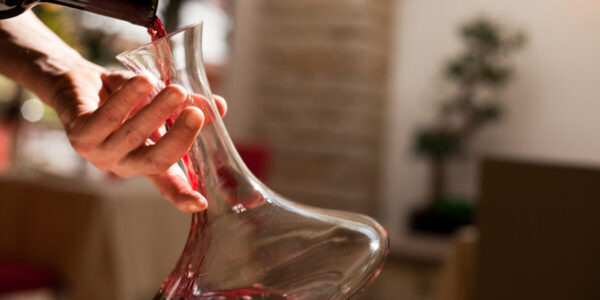Photo by Linda Lamb Peters; written by Johanna Silver
Before: Shipping pallet, After: Outdoor table
Shipping pallets lurk everywhere: abandoned behind grocery stores, stacked in the corners of big-box parking lots. Bay Area bloggers Matti Salomaki and Megan Speckmann decided to remake a piece of this suburban flotsam into something useful—and beautiful. Taking apart a pallet, they constructed a tabletop from its boards, coated it with natural wax stain, and attached legs they’d found at a garage sale. And the genius touch? A living table runner that consists of a sunken, succulent-filled box (complete with drainage holes) secured to the table’s underside. Succulents grow slowly, don’t mind being packed in like sardines, and need only occasional watering (which is unlikely to cause the wood to rot). We can’t think of a better addition to an eat-in garden.
Design: Matti Salomaki and Megan Speckmann, FarOutFlora, San Francisco (faroutflora.com)
Andrea Gomez Romero
Before: Salvaged planks, After: Fence
Boards salvaged from an old horse corral and railroad station become a warm Los Angeles fence. After sinking posts into concrete footings, both sets of boards were screwed to posts and finished with a sealer. Using old wood is not only Earth-friendly, but it adds personality to a garden of designer Eric Gomez (valledeverde.net).
Cost: Free–salvaged (with permission) from old horse corral and a railroad station
Project by Aaron Jones; written by Johanna Silver
Before: Garden hose, After: Modern chair
The first time we saw the one-of-a-kind garden chairs that Denver artist Chase DeForest (chasedeforest.com) makes from everyday hoses and custom-welded frames, we fell in love.
Not being skilled in the welding department, though, we decided to fashion our own adaptation. We began with a chrome frame from a flea market and two hoses, one 100 feet and the other 50. We cut off the hoses’ metal fittings (those bits at the end) and wrapped the longer one carefully around the seat of the frame, working from one end to the other and leaving a 3-inch piece of hose loose at each end. Those we tucked under the wrapped hose and secured with stainless steel zip ties (available at hardware stores). We repeated the process with the shorter hose to make the chair’s back.
As we worked, we kept the hose coiled to make it easier to wrap and used a spring clamp to hold already-wrapped sections.
Keep in mind that garden hoses can be stiff! We found that polyurethane ones worked best.
Thomas J. Story
Before: Hacienda tile, After: Outdoor sconce
Turn old hacienda tile into a gorgeous sconce for your entry or backyard with this easy project.
Thomas J. Story
Before: Broken doorknobs, After: Patio flooring
Doorknobs, salvaged steel discs, and a stovetop burner make up this cobblestone-esque patio floor. The knobs’ chrome and brass finishes brighten the shady patch of designer Matthew Levesque’s (matthewlevesque.com) patio. And, set in soil, the knobs are surprisingly stable.
Cost: Free–salvaged (with permission)
Jennifer Cheung
Before: Salvaged pavement, After: Outdoor tabletop
This outdoor dining table was given an industrial upgrade with a tabletop made of solid concrete, salvaged from a garden remodel. The table required two car jacks in order to be built, but recycling the concrete was an inexpensive makeover for Los Angeles designer Steve Siegrist (stevesiegristdesign.com).
Cost: Free–salvaged during a garden remodel
Photo by Thomas J. Story
Before: Wooden spools
These old spools have a nice patina, and their simple shape lends itself well to plenty of easy projects.
Photo by David Fenton
After: Hose wrap
What we did: We bolted three wooden cordage spools, spaced about 1 foot apart, to a backyard fence.
Extra credit: Turn watering into a fashion statement with a colorful hose from Alice Supply Co. ($42, similar to shown).
Time: 20 minutes
Cost: $20
Photo by Thomas J. Story
Before: Ladder, lumber, dresser drawer
This ragtag group of castoffs from the salvage yard may not look too pretty, but the strong wood still holds some potential.
Click ahead to see what we made with them.
Photo by David Fenton
After: Potting station
What we did: We took an old-style ladder with rungs on both sides* and created two slatted shelves using eight scrap 2-by-2½s, each screwed into its respective rung. Loose potting soil falls neatly into a dresser drawer below.
Extra credit: For a more finished look, cap the shelf ends with scrap shelving brackets painted white.
Time: 2–3 hours
Cost: $76
*If your rungs aren’t at parallel heights, level shelves with shims.
Note: Costs don’t include toolbox basics—screwdriver, screws, hand drill, nails, paintbrushes, etc.
Photo by Thomas J. Story
Before: Window frame, lumber, and door hinges
Upgrade an old window from eyesore to useful outdoor furniture with the help of a bit of spare lumber and a couple of door hinges.
Photo by David Fenton
After: Garden table
What we did: We cut four table legs from an old 2-by-2 and secured them to a window frame (with safety glass*) using door hinges as brackets.
Extra credit: Give a little sparkle to the rustic look with shiny new brass screws.
Time 1 hour
Cost: $27
*If you can’t find a window with safety glass, add a sturdy, transparent surface to the tabletop (try tapplastics.com)
Photo by Thomas J. Story
Before: Chandelier lampshades, lumber
Use a little elbow grease to clean up some old chandelier lampshades, then give them a new life lighting up your outdoor dining table. Click on for the how-to.
Photo by David Fenton
After: Candelabra
What we did: We combined a few matching chandelier lampshades (mismatched ones will work too) into a centerpiece and placed tea lights inside each for a little evening glow.
Extra credit: For a sturdier arrangement, drill holes sized to fit the lamp bases in a salvaged piece of lumber. Prime and paint it white, then nestle the lamp bases in the holes.
Time: 45 minutes plus drying time
Cost: $20
Photo by Marion Brenner
Before: Broken dishes, After: Patio flooring
Tumbled pottery bits with rounded edges are sturdy enough to walk on and settle nicely on the ground. Their vivid colors and patterns lend a playful note around a blue Concreteworks lounge chair (510/534-7141) in a San Francisco garden designed by Shirley Watts.
Cost: About $2 per pound at Red Shovel Glass Co. (415/285-7814)
Photo by Art Gray
Before: Auto dealership sign, After: Poolside decor
Turning a business’s discard into pop art, Los Angeles designer Greg Sanchez mounted the sign (recalling his favorite truck) to steel posts hidden in the shrubbery.
Cost: $100 at a swap meet
Photo by John Granen
Before: Boat paddles, After: Garden gate
Draped with rambling roses, this shapely structure keeps deer from grazing in Gail and Mark Dupar’s kitchen garden in Washington’s San Juan Islands.
Instead of using costly lumber, the couple nailed together old boat paddles, along with other pieces of driftwood and flotsam.
Cost: Free
Photo by Rob D. Brodman
Before: Shabby dresser
This Craigslist score needed to be brought up to date. A dark and dramatic makeover, courtesy of a few cans of paint and some new hardware, helped push this dresser into the modern era.
Click ahead to see the “after”.
Photo by Rob D. Brodman
After: Modernized dresser
Get the full step-by step instructions for the project: I found it on Craigslist!
To remake the dresser we used: Black (2132-10) paint from Benjamin Moore Paints; 800/672-4686. Toasty Grey (formula 30YY 51/098) paint from Glidden; 800/454-3336. Mission-style 1¼-inch square oak knobs ($7 each) from Bauerware Cabinet Hardware; 415/864-3886.
Photo by Rob D.Brodman
Before: Drab side chair
We loved the lines of this mid-century style chair, but the drab upholstery and uneven varnish weren’t cutting it.
Rob D. Brodman
After: Elegant and updated
Get the full step-by step instructions for the project: I found it on Craigslist!
Picking an eye-grabbing fabric for the upholstery instantly updated the piece.
To redo the chair we used: Liberon Palette Water-Based Wood Dye available from Kingdom Restorations, 800/344-9257. Citristrip stripping gel and paint stripper afterwash, 800/398-3892. Sunshine Tango upholstery fabric ($19 per yard) from Britex Fabrics, San Francisco; www.britexfabrics.com, 415/392-2910.
Photo by Rob D. Brodman
Before: Mismatched candlesticks
We loved the elegant shapes of these tall candlesticks, but they needed to be unified. A bold and unexpected color was just the trick.
Photo by Rob D. Brodman
After: Bright and bold blue
Get the instructions for the project: I found it on Craigslist!
Mismatched candlesticks become a fresh new set with a coat of paint. High-gloss indigo upped the wow factor.
Photo by Rob D. Brodman
Before: Secondhand side table
This $45 Craigslist find was in good shape, but a dose of glam could take it from blah to beautiful.
Photo by Rob D. Brodman
After: Glammed-up table
Get the instructions for the project: I found it on Craigslist!
Two mirrors, some paint, and liquid silver leaf were all that was needed to bring some style to this side table.
PHoto by Rob D. Brodman
Before: Mismatched frames
A motley assortment of frames was, at $10, too inexpensive to pass up. But how to turn them into a cohesive group?
Rob D. Brodman
After: Picture frames in a common palette
Get the instructions for the project: I found it on Craigslist!
A smattering of sample-size paints in the same color family and precut black mats brought this wall of frames together.
Rob Brodman
Before: bedside tables
We wanted to place the tables side by side and visually unify them as one piece.
Thomas J. Story
After: hallway console
More: Get step-by-step instructions and download our free chevron pattern
How we did it: We removed the drawer handles, lightly sanded all surfaces with sandpaper, and wiped with a damp cloth. Next, we applied one coat of primer and three coats of Benjamin Moore’s high-gloss Bunny Gray paint (2124-50), letting it dry between coats. We painted the tabletops with a chevron pattern using a stencil fashioned from 1- and 2-in.-wide painter’s tape, applying two coats of high-gloss white paint (2-oz. sample jar). Then we replaced the handles.
Time: 1 weekend
Cost: $38 for primer and paint
Try this: Instead of a complicated pattern, unify the tops with a single border stripe 1 in. from the edge.
Rob Brodman
Before: stool
This lone metal chair had lost its appeal as extra seating. But its removable cushion sparked another idea…
Thomas J. Story
After: plant stand
How we did it: After removing the seat and sanding the frame, we set out to find the perfect pot to fit. Next, we took the frame outside, placed it on newspaper, and applied a layer of Rust-Oleum Painter’s Touch spray paint in Sun Yellow ($3.19; rustoleum.com for stores). After letting it dry, we applied a second coat and waited 24 hours before inserting the pot.
Time: 2 hours (30 minutes each for prep and painting, plus 1 hour to dry between coats)
Cost: $3.19 for spray paint, plus pot
Rob Brodman
Before: outdated clothing
Nostalgic clothing took up space in boxes banished to the attic. (But how we once adored that Mexican embroidered shirt!)
Thomas J. Story
After: throw pillows
How we did it: We dropped off a bunch of old clothes and our desired pillow dimensions with a local seamstress (many dry cleaners offer this service). A couple of days later, we picked up our one-of-a-kind, boutique-style pillows.
Time: 2 days (wait time)
Cost: $20 each (Eames molded plastic side chair in lime yellow, $249; www.dwr.com)
Rob Brodman
Before: office desk
This diminutive desk needed just a little paint touch-up and a mirror to become glamour girl-worthy.
Thomas J. Story
After: bedroom vanity
How we did it: We used sandpaper to lightly rough up the white surfaces, wiped the desk clean with a damp cloth, and applied a light coat of white paint (2-oz. sample jar).
Time: 1 hour, plus dry time
Cost: $4 for paint (framed mirror $149; westelm.com)
Try this: To up the girly factor, add a curtain in the kneehole using
a tension rod.
Rob Brodman
Before: metal goblets
Unless you’re a priest or a fan of historical reenactments, you probably aren’t serving wine in silver goblets. But they’re much too lovely to go to waste.
Thomas J. Story
After: votives
How we did it: We cleaned them with metal polish and a clean cloth. Then we filled them with Microwaveable Soy Wax for Containers (by Yaley; $6.99 for 1 lb.; from joann.com) and used Pre-Waxed Medium Bleached Wick with Wick Clip (by Yaley; $2.99 for six; from joann.com) to make elegant, long-burning votives.
Time: 1 hour, plus dry time
Cost: $10 for 1 lb. of wax and wicks
Try this: This looks great using old trophies and crystal glasses of all shapes.
Photo by Sharon Cohoon
Before: Salvaged sewer pipes, After: Plant containers
The inch-thick pipes help insulate plants from desert heat. Their soothingly retro color, faded over time, adds a paradoxically modern vibe to the Las Vegas yard of designer Amy Zeldenrust (702/435-7224).
Cost: Free—salvaged (with permission) from a construction site
